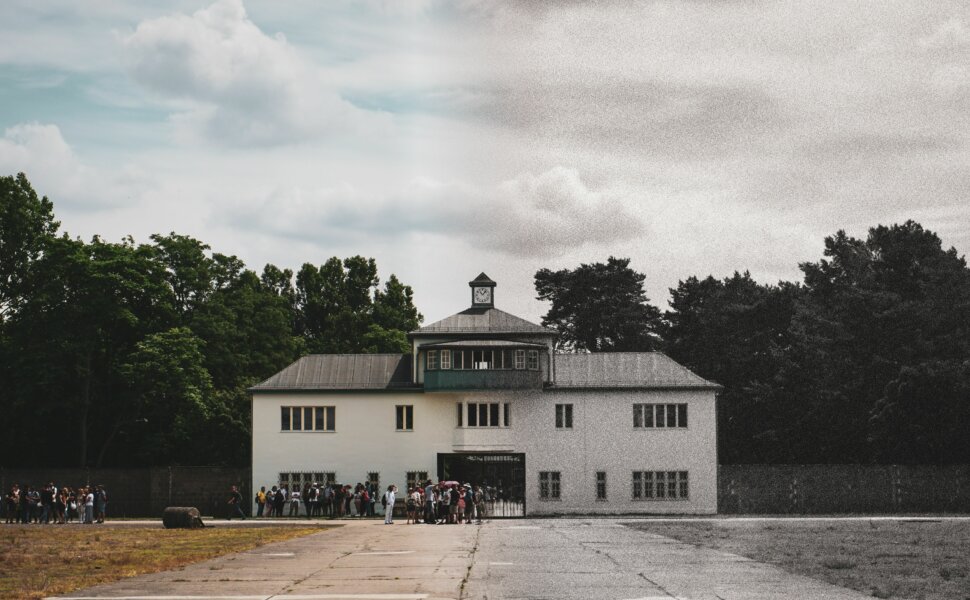Relevant to students of: The Nazi Terror State, The Soviet Secret Police and Soviet use of terror.
Sachsenhausen was a Nazi concentration camp which operated from 1936-1945. It was the first new concentration camp following the appointment of Heinrich Himmler as Chief of German Police and formed a key part of the Terror State. As a labour camp, it held political prisoners including Stalin’s oldest son as well as those deemed by the Nazis to be inferior such as Jews, Sinti and Roma, homosexuals and ‘antisocials.’ The camp had a gas chamber and a medical experimentation area. More than 200,000 prisoners were interned here between 1936 and 1945. It was the site of appalling atrocity under the Nazis. Tens of thousands died from hunger, disease, forced labour, medical experimentation, or were systematically murdered.
During the Cold War, the camp was in the Soviet Zone and was used by the NKVD- the Soviet secret police- as NKVD special camp Nr. 7 to house Soviet ‘enemies of the people.’ This included those sentenced at Soviet Military Tribunals similar to show trials and Soviet prisoners of war. Around half the population of the camp were former Nazis. Middle and lower ranking functionaries, SS, Gestapo and concentration camp guards were all interned here as part of the Allied policy of ‘denazification.’
In 1961, Sachsenhausen was reopened as a national memorial and later as a museum. Students are now able to visit 13 permanent exhibitions detailing the formation of the camp, perpetrators of terror, the ‘Everyday of Prisoners of Sachsenhausen,’ ‘Medical Care and Crimers,’ and ‘Murder and Mass Murder.’

